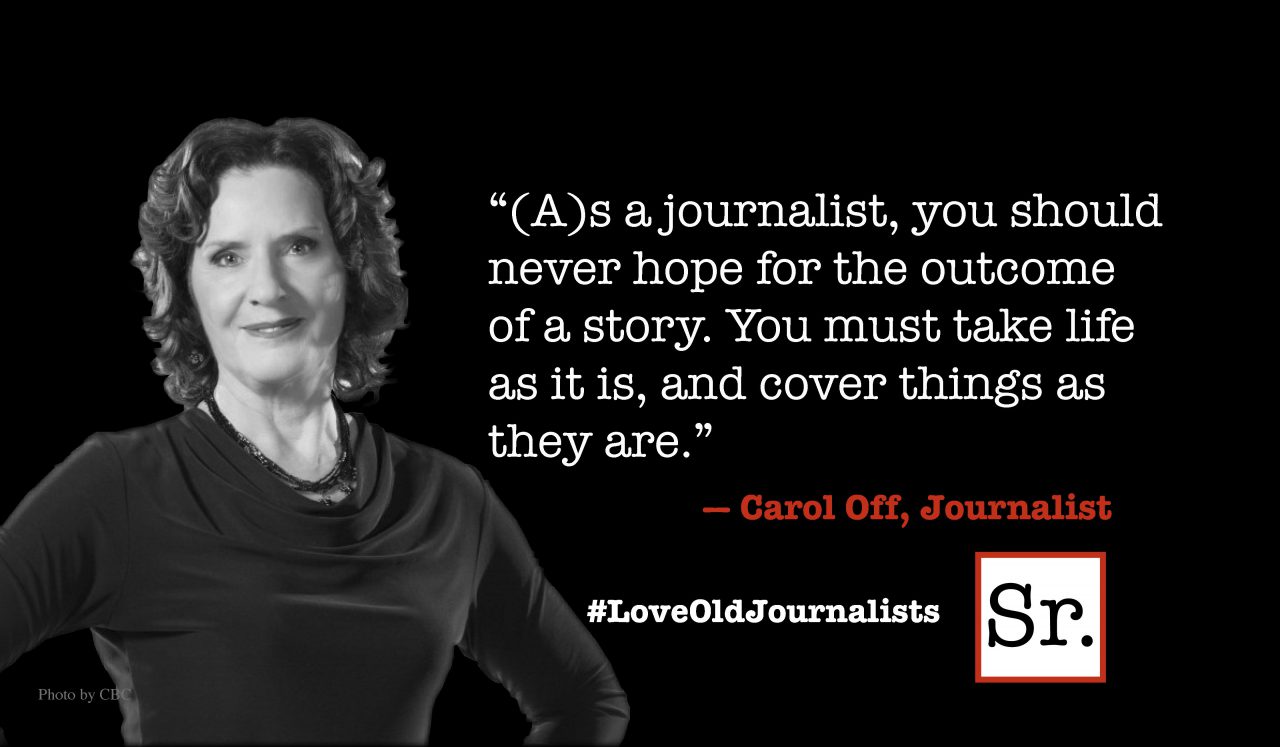Q. My 4-year-old grandson has begun to stutter. It upsets me, and I don’t know how to handle it.
It should be reassuring to you to know that about five percent of children stutter for a period of about six months. Three-quarters of these children recover before they mature. About one percent of adults stutter.
Meanwhile, knowing how to talk to your grandson will help both of you. People who stutter are aware of their problem and usually don’t want special treatment. Give them time to speak, and don’t try to help them by filling in words or telling them to relax. If you interject, you can pressure them. And try not to avert your eyes or seem impatient when a person stutters.
Here are a few more tips for parents and grandparents:
- Keep your home a relaxed environment that allows many opportunities for the child to talk.
- Praise the child when he or she speaks fluently.
- Speak to the child in a slightly slowed and relaxed manner.
- If a child raises the subject of stuttering, talk openly and honestly about it.
Stuttering (also called stammering) is defined as a speech disorder in which sounds, syllables or words are repeated or prolonged. These speech disruptions may be accompanied by blinking or quivering lips.
Some interesting facts about stuttering:
- More than three million Americans stutter.
- Stuttering affects three to four times as many males as females.
- There are no instant cures for stuttering. However, research into the possible causes of stuttering has led to progress in preventing the disorder.
- Studies show that people who stutter are as intelligent and well-adjusted as those who don't.
- Successful people who have had to overcome stuttering include: Vice President Joseph Biden, James Earl Jones, Winston Churchill, Marilyn Monroe, Carly Simon, John Updike, Tiger Woods, Bruce Willis, Jimmy Stewart, Julia Roberts, B.B. King, Andrew Lloyd Webber, Charles Darwin and England’s King George VI.
There are several types of stuttering. The most common form of the disorder is developmental stuttering, which happens to children while they are learning to speak. Developmental stuttering runs in families. Some scientists believe this form of stuttering occurs when the ability to talk doesn’t keep up with verbal demands.
Another form is neurogenic stuttering, which may occur after a stroke, head trauma or other type of brain injury.
A third type — psychogenic stuttering — can be caused by emotional trauma or reasoning problems. At one time, all stuttering was believed to be psychogenic, but today scientists say that psychogenic stuttering is rare.
There are a variety of treatments available. Most treatment programs for people who stutter are behavioral. Many of the current therapies focus on learning ways to minimize stuttering, such as speaking slowly, regulating breathing or gradually progressing from single-syllable responses to longer words and more complex sentences. Most of these therapies also help relieve anxiety.
Many people find that they achieve their greatest success through a combination of self-study and therapy. Self-help groups provide a way for people who stutter to find resources and support as they face the challenges of stuttering.









